#artifacts
Text

Stater, minted 380/379 BCE at Tarsus in Cilicia, of Pharnabazus II, former satrap of Hellespontine Phrygia under the Achaemenid dynasty of Persia and a major figure in the internecine conflicts of the Greek city-states during the late 5th/early 4th centuries. The coin shows the complex intermingling of Greek and Near Eastern cultures characteristic of Anatolia under Achaemenid rule. On the obverse, Ba'al of Tarsus is shown seated, holding a lotus-tipped scepter and wearing the Greek chlamys. On the reverse, a bearded man wears a helmet in Attic style. Both sides are inscribed in Aramaic, which served as the lingua franca of the Near East under the Achaemenids. Photo credit: Classical Numismatic Group, Inc. http://www.cngcoins.com
#history#ancient history#classics#tagamemnon#Persian Empire#Achaemenid#coins#ancient coins#Persian coins#numismatics#ancient numismatics#artifacts#artefacts
32 notes
·
View notes
Text
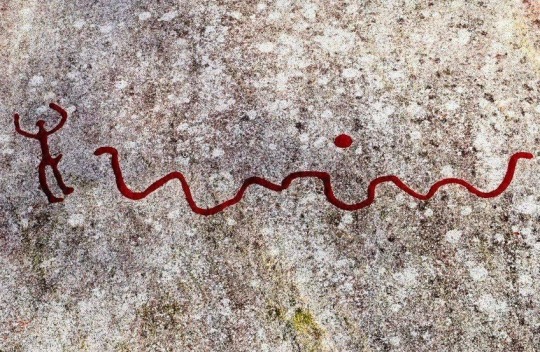
3000 year old petroglyph of a man running away from a big snake. With erection. It is one of the many Rock carvings in Tanum, Sweden and was painted red so its easier for tourists to see.
Click for more artifacts
41K notes
·
View notes
Text

2,300-Year-Old Plush Bird from the Altai Mountains of Siberia (c.400-300 BCE): crafted with a felt body and reindeer-fur stuffing, all of which remains intact
This artifact was sealed within the frozen barrows of Pazyryk, Siberia, for more than two millennia, where a unique microclimate enabled it to be preserved. The permafrost ice lense formation that runs below the barrows provided an insulating layer, preventing the soil from heating during the summer and allowing it to quickly freeze during the winter; these conditions produced a separate microclimate within the stone walls of the barrows themselves, thereby aiding in the preservation of the artifacts inside.
This is just one of the many well-preserved artifacts that have been found at Pazyryk. These artifacts are attributed to the Scythian/Altaic cultures.
Currently housed at the Hermitage Museum.
#archaeology#anthropology#history#artifact#artifacts#siberia#scythians#archeology#museum#amazing#interesting#stuffed animals#ancient history#prehistoric#crafting#felt art#art#prehistoric art#hermitage museum#human nature
45K notes
·
View notes
Photo
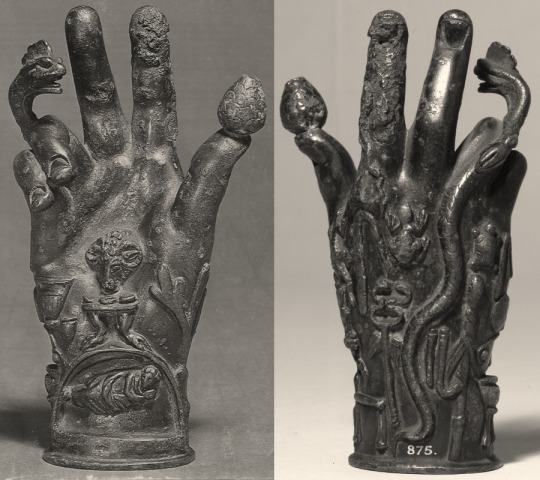
Bronze hand used in the worship of Sabazios. Hands decorated with religious symbols were designed to stand in sanctuaries or, like this one, were attached to poles for processional use.
Date: Roman 1st–2nd century AD.
Collection: British Museum.
2K notes
·
View notes
Text
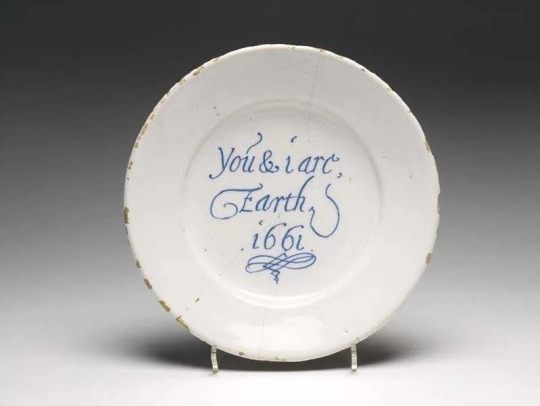
"You And I Are Earth”, 1661, Creator unknown. Found in a London sewer. Tin-glazed earthenware plate, Collection of the Museum of London.
#art#artifacts#photography#painting#portrait#london#artoftheday#artefact#aesthetic#nature#landscape#curators on tumblr
4K notes
·
View notes
Note
No normal person was ever 600 lbs 100 years. Not a single one. It's not healthy or safe for anyone to be that large
Not a single one, eh? Are we gonna attempt to back that up with anything of substance whatsoever or are we just echoing eugenics into a fat person’s inbox and calling it a win? Sit down, bucko.
You know what else isn’t “healthy” or “normal” to be? Disabled. Yet disabled people have always existed. Imagine that!
Wild to think that part of being human means having a variety of differences in the formation and function of our bodies, and that our health status does not determine our right to exist in those bodies.
The eldest of these artifacts dates to over 30,000 years ago. A timespan longer than you or any mortal person can truly comprehend. We’ve been here since the beginning of humanity and we are still here. Fat people, specifically fat Black women, have roamed the earth long before colonization twisted perception of reality into hierarchy and poisoned the minds of generations to view certain human beings as disposable. Fat people have always existed and always will, no matter how much you fantasize about a past and future rid of us.
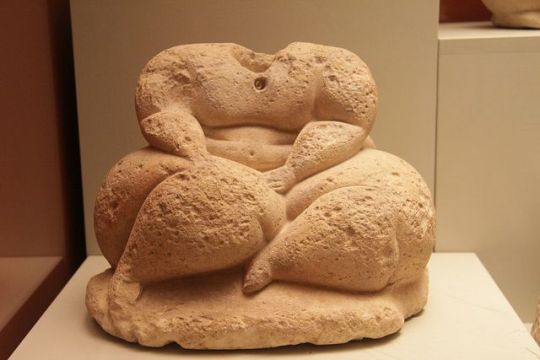
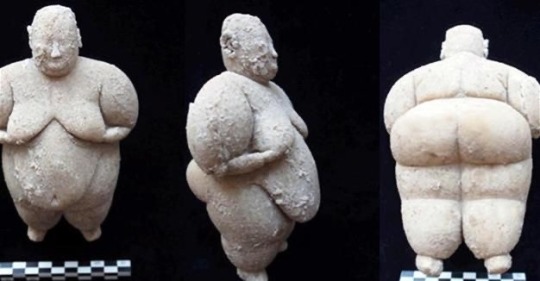
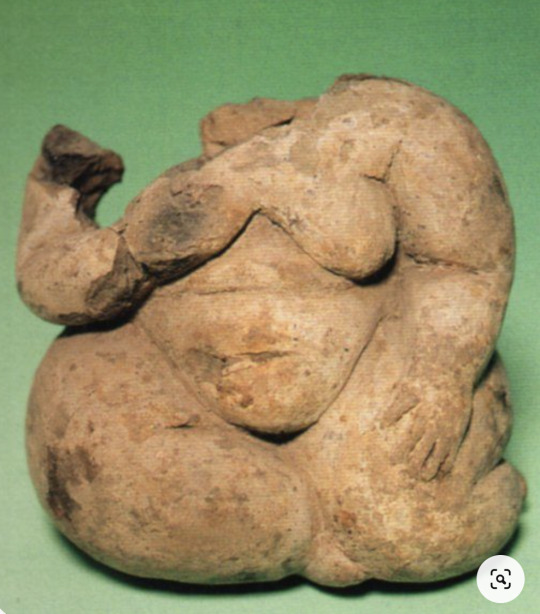
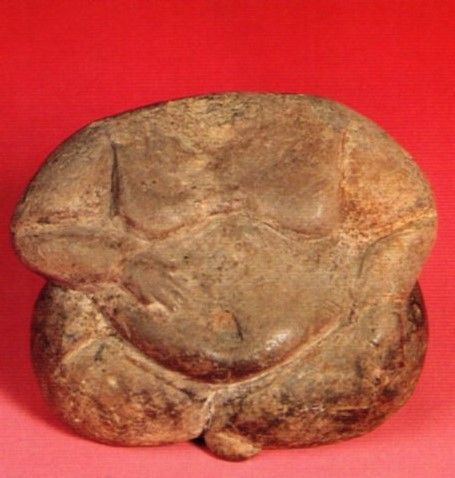
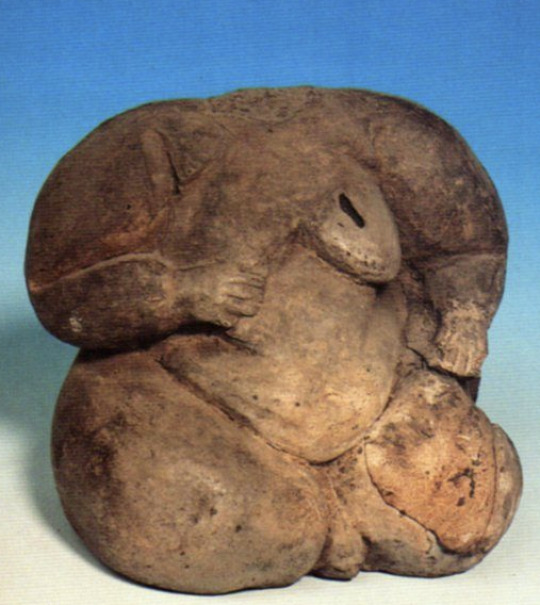
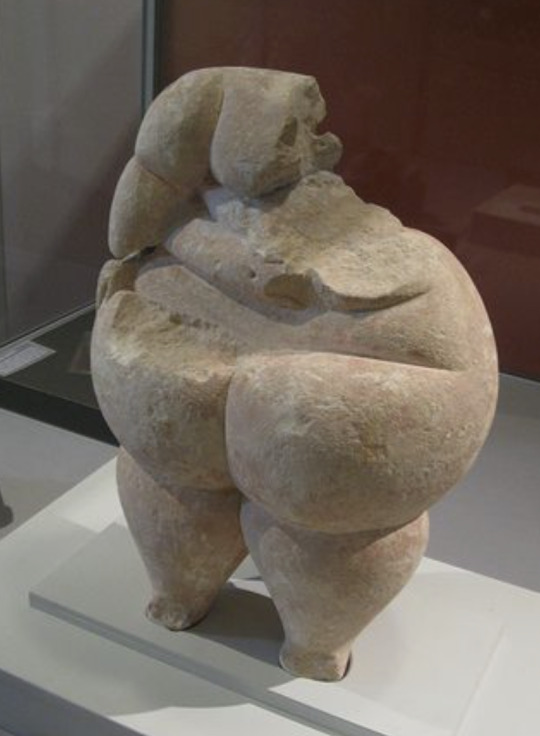
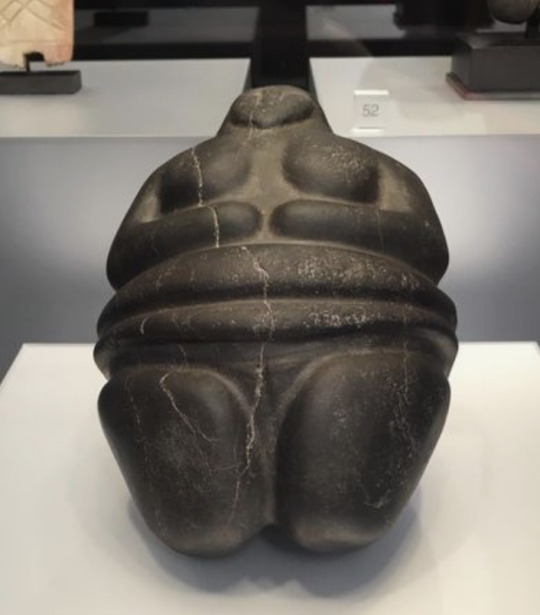
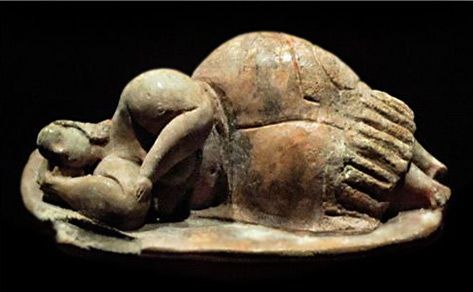
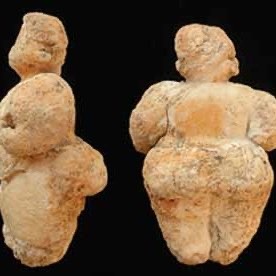
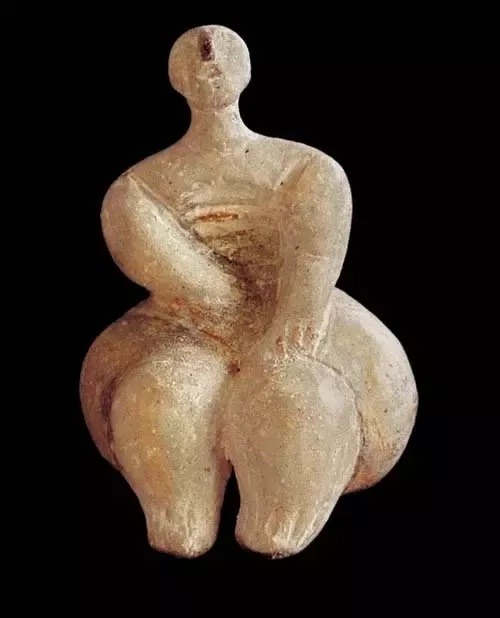
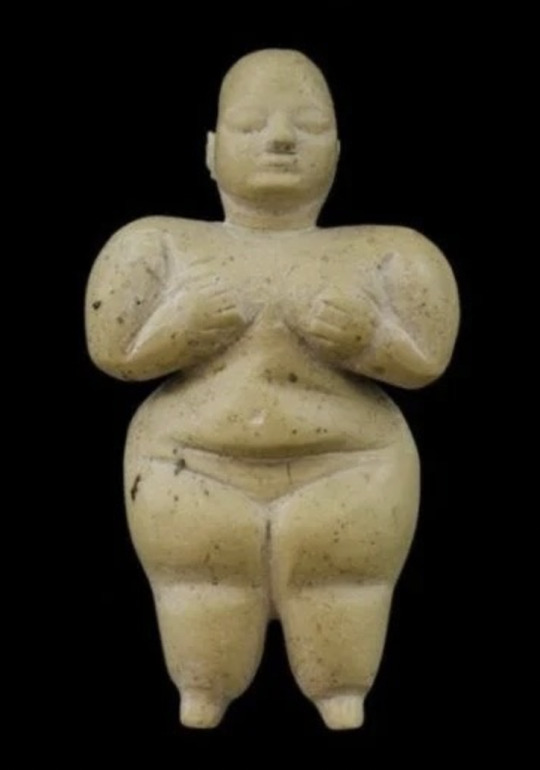
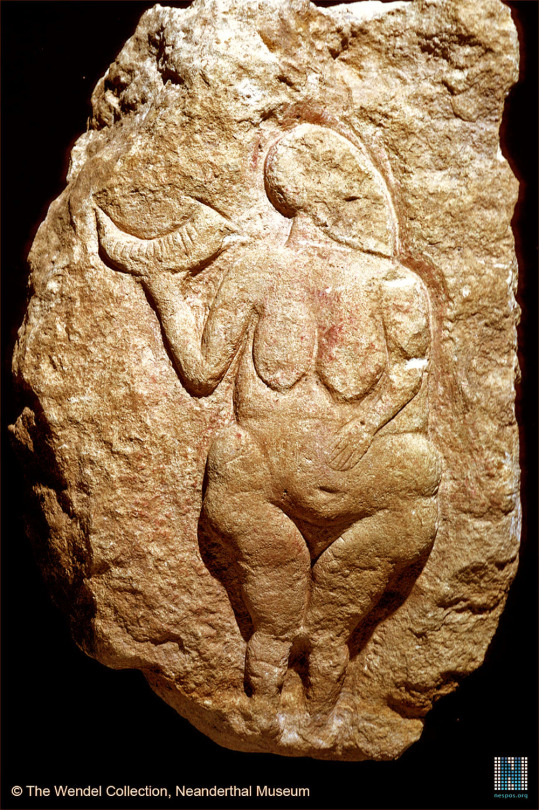
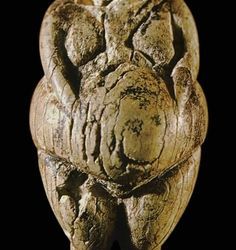
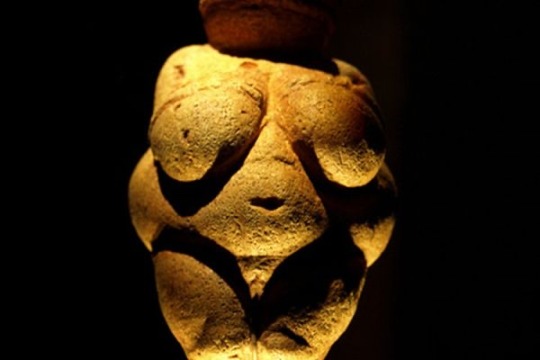
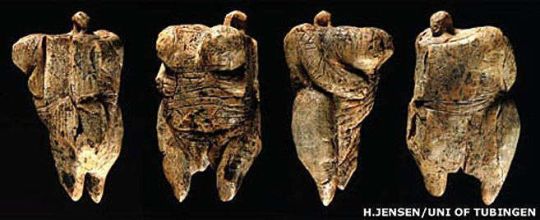
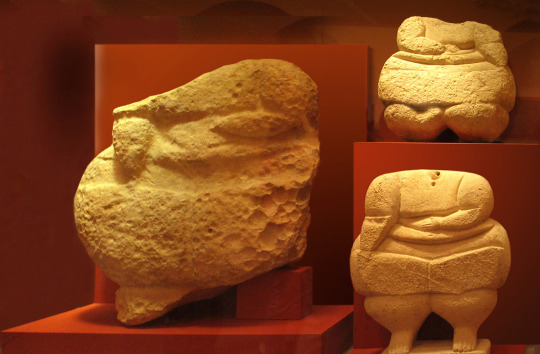
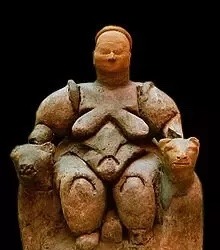
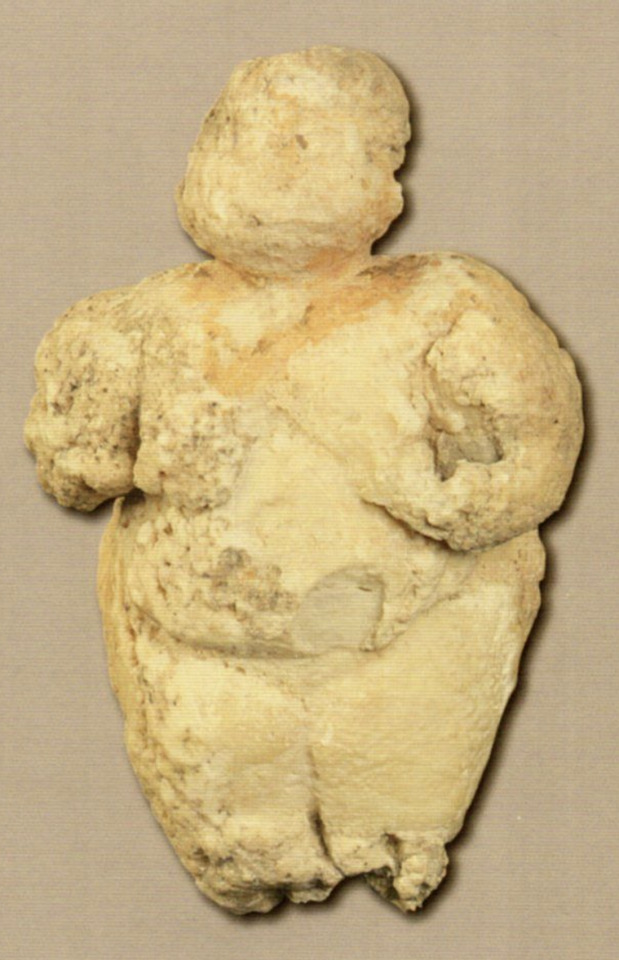
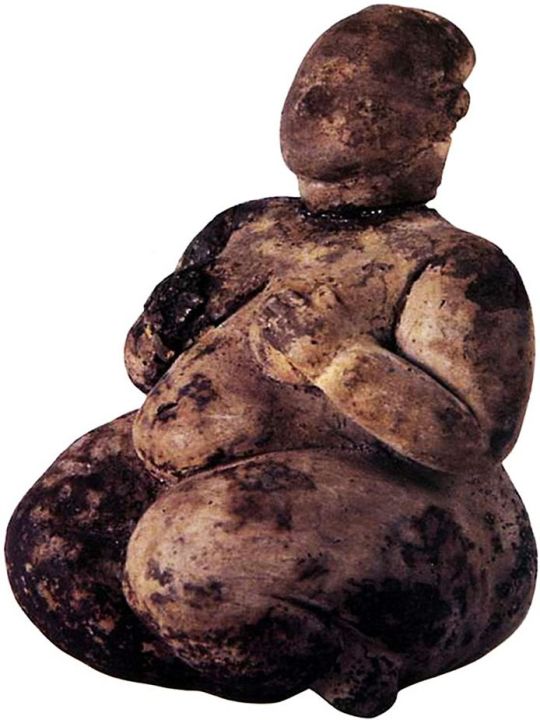
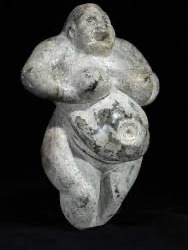
“How many statues of Black women do the ancients have to hide for you to dig up and understand what God looks like. How many times do fat Black women have to save your life in song. What are you paying attention to? This is why you can never see God in yourself. You are damned by hatred of fat Black women. And no part of you could ever live without them. This is why the universe (huge, black, unfolding, expansive) shakes and shakes her head, you fools. You wasteful fools.” Alexis Pauline Gumbs, M Archive: After The End of The World
#fat liberation#fat acceptance#fat activism#anti fatness#fatphobia#fat history#inbox#colonialism#colonization#artifacts#anthropology
3K notes
·
View notes
Text
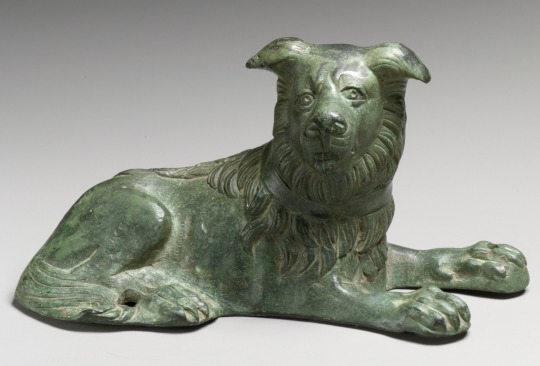
Bronze statuette of a dog
Roman
2nd-3rd century CE
#roman art#dogs#bronze#bronze statue#animals in art#ancient art#ancient people#ancient statue#statue aesthetic#aesthetic#beauty#ancient artifacts#artifacts#antiquities#beautiful animals#dogs of tumblr#cute dogs#modern art#art history#aesthetictumblr#tumblraesthetic#tumblrpic#tumblrpictures#tumblr art#tumblrstyle#artists on tumblr
1K notes
·
View notes
Text
A Roman doll with moveable joints and accessories was found in the sarcophagus of Crepereia Tryphaena, an unmarried 20-year-old woman. The sarcophagus is dated to the late 100s (2nd c. AD) making the ivory “Crepereia Doll” nearly two thousand years old.
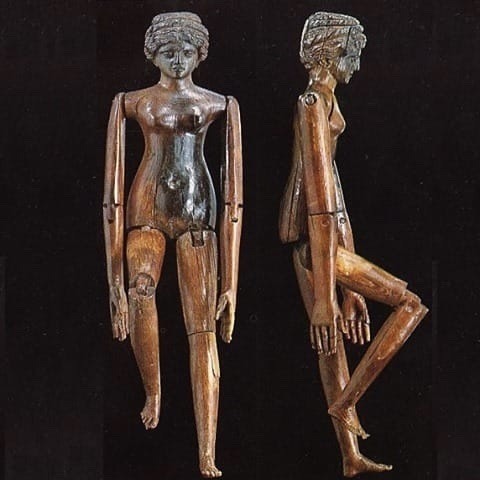
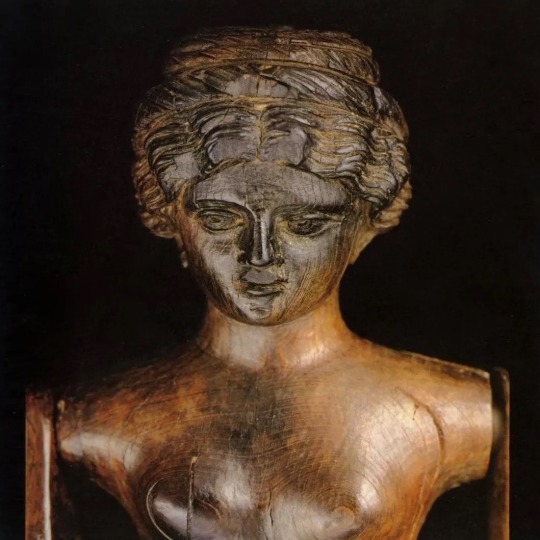
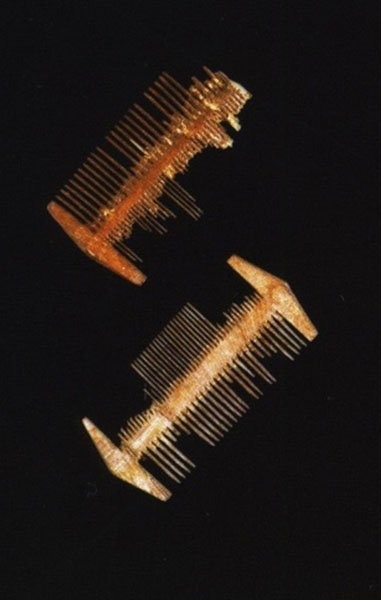
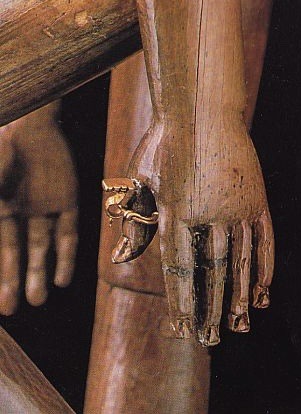
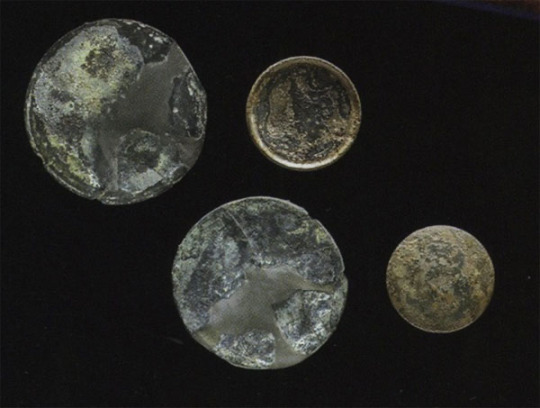
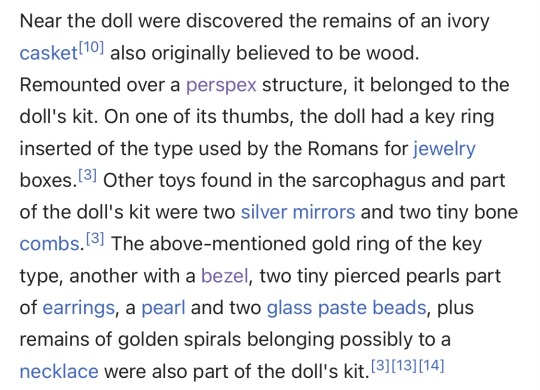


#its so beautiful#sculpture#rome#ancient rome#roman empire#history#classical history#classics#ancient history#dolls#barbie#barbie movie#fun facts#interesting#aesthetic#history aesthetic#archaeology#museum#artifacts#relics#antiques#womens history#interesting history#roman#roman art#roman sculpture#handmade#artisan#crafts#doll
5K notes
·
View notes
Text
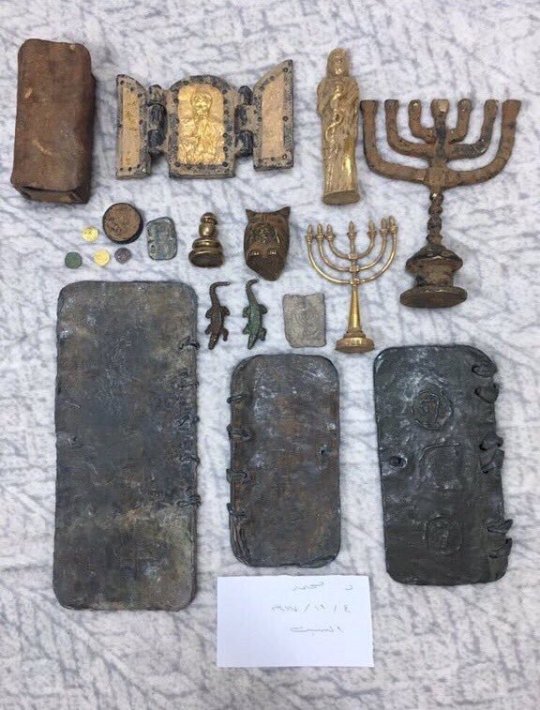
Jewish artifacts found at an excavation site in Tayma, Saudi Arabia.
Tayma was a Jewish oasis during the pre-Islamic era. It was the hometown of Jewish poet Shmuel Ben Adiya, famous for his unconditional loyalty towards Prince Imru al Qais in the 6th century.
Tayma, along with Khaybar were the two most important oasis in the Hejaz region (modern Saudi Arabia) that used to have a strong jewish presence until the fall of Khaybar in 628 (4388 - 4389 in the hebrew calendar) when the first muslims conquered the fortress and expelled most of the jewish population.
#archaeology#jewisharchaeology#judaism#jewish#jewishhistory#jews#history#ancienthistory#ancient#saudiarabia#saudihistory#khaybar#tayma#artifacts#preislamic#israel#israeli
923 notes
·
View notes
Text

Mug I saw. At the bank
6K notes
·
View notes
Photo
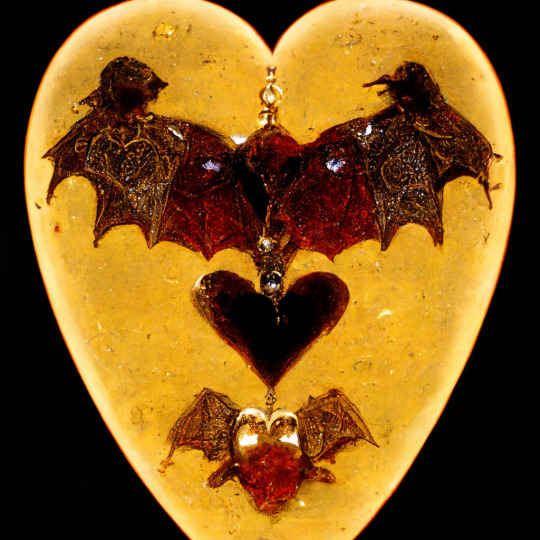
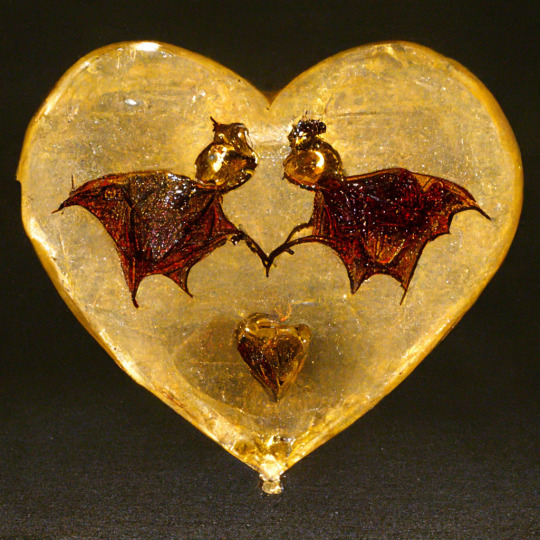
Ruby Bats in Amber Hearts
by Darius Greene / ghost owl attic
#mine#generative jewelry#bat#bats#amber#ruby#gold#heart#hearts#batwings#jewelry#artifacts#gems#minerals#ai hybrid stuff#aesthetic#gen trash
6K notes
·
View notes
Text
Located in Denmark, Lake Tissø (Týr’s Lake) was probably one of the most prominent Týr cult sites of pre-Christian times. More than 12 000 objects have been excavated in this major holy site, many of which were gold or silver. It was customary to sacrifice weapons, tools or jewelry by throwing them into the waters of the lake, most likely as an offering to Týr or to ancestors. It was home to a large hall, a ritual hörgr and a handful of minor houses (ca. 550 – 650).

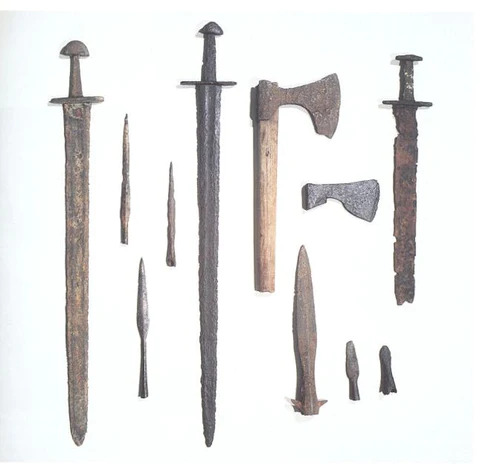
Some of the most famous artifacts excavated on the site include the Goats of Thórr brooch (late Iron Age), the 1.8 kg of gold neck ring (10th century), and the Valkyries (2nd is possibly Freyja) of Tissø.

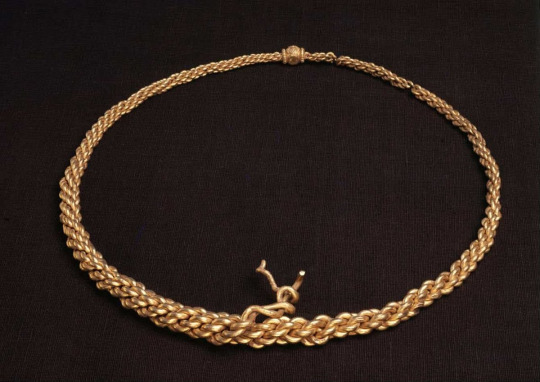

#hail Týr#history#artifacts#norse paganism#heathenry#viking age#paganism#spirituality#polytheism#norse gods#deities#deity work#norse polytheism#archeology
254 notes
·
View notes
Text
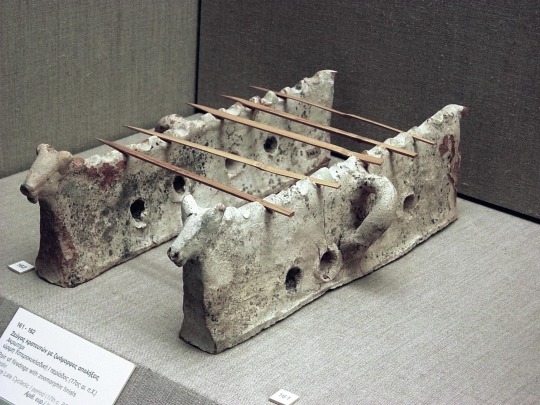
Stone cooking supports used to grill skewers of meat by Minoans on Santorini, circa 3600 years old. The line of holes in the base supplied coals with oxygen. Many consider modern "souvlaki" street kebabs a direct descendant of this portable food system. Museum of Prehistoric Thera, Greece. More: https://thetravelbible.com/museum-of-artifacts/
9K notes
·
View notes
Text
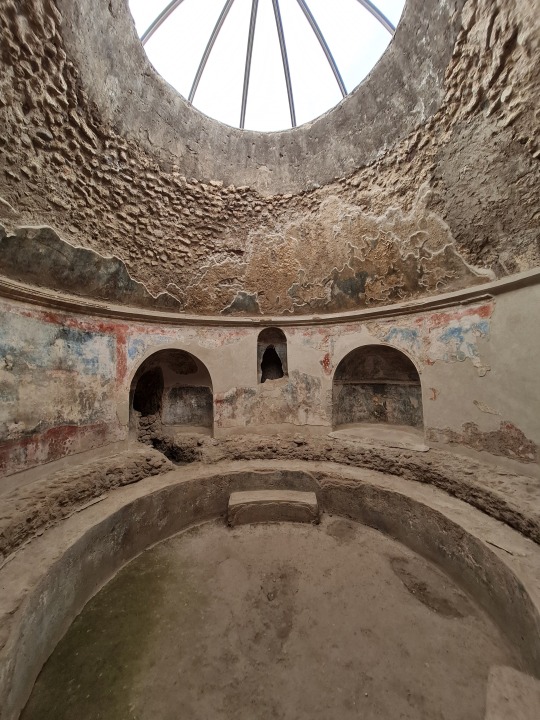


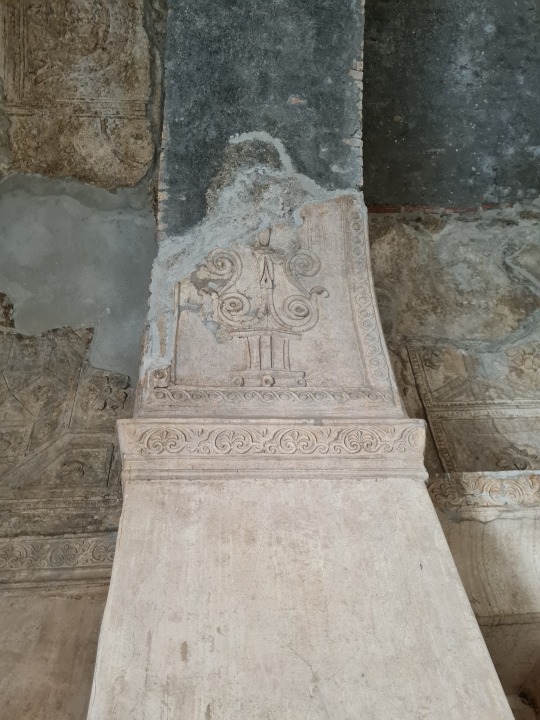
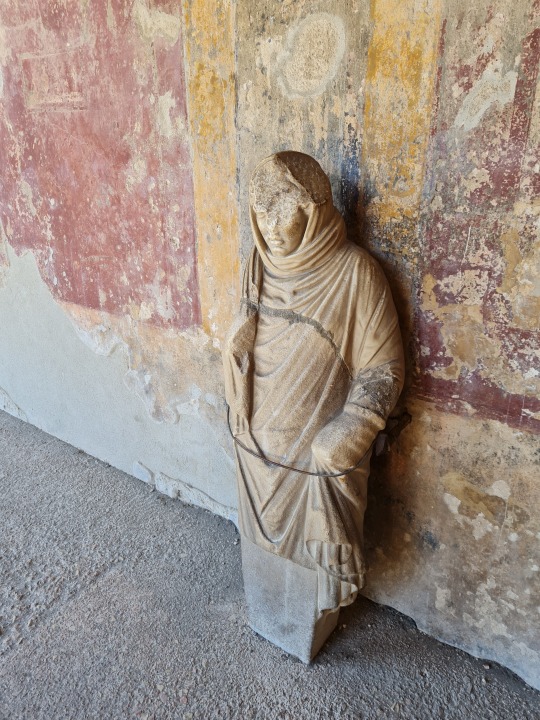
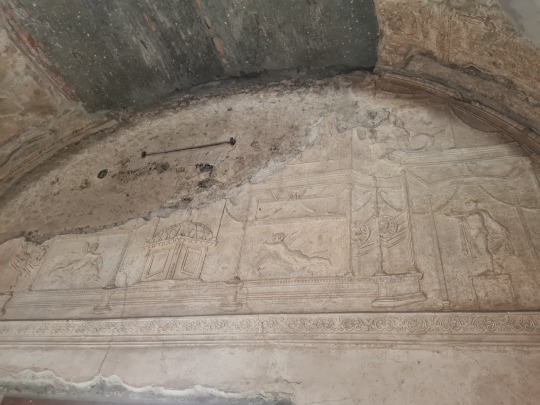
The Stabian Baths in the ancient city of Pompeii
The thermae were constructed around 125 BC. Hundred years later, the baths were connected to Pompeii's aquaduct. They were damaged in the earthquake of 62 AD.
#pompeii#antiquity#ancient history#ancient rome#travel#architecture#culture#art#art history#history#travel photography#places to visit#wanderlust#ancientmonuments#italy#italia#thermae romae#thermal baths#baths#photography#photographers on tumblr#ruins#ancient ruins#ancient art#archaeology#artifacts
352 notes
·
View notes
Text
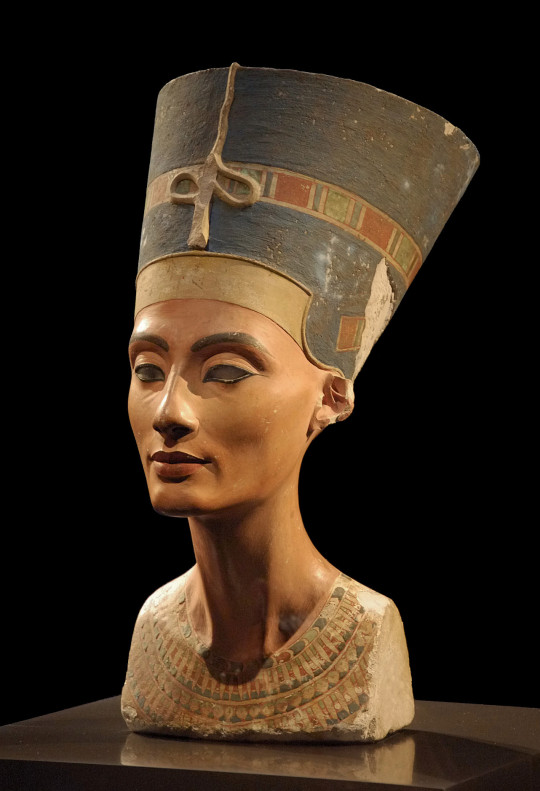
Nefertiti Bust (1345 BC)
#archaeology#archaeologists#egypt#egyptology#egyptologist#anthropology#artifact#artifacts#art history#1300s BC#statue#bust
744 notes
·
View notes
Text
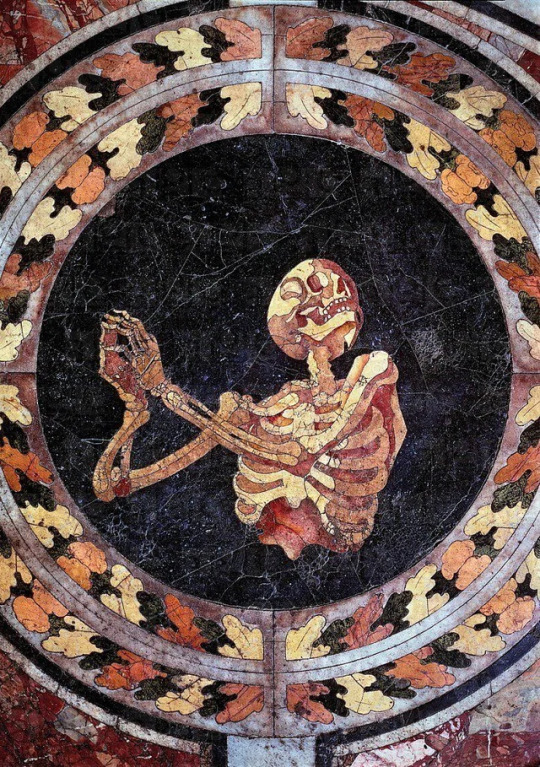
Skeleton praying, detail from the marble floor of Cornaro Chapel at the Church of Santa Maria della Vittoria in Rome. Italy, 17th century CE.
#painting#art#photography#artwork#artefact#artifacts#portrait#eurovision#lgbt#lgbtq#landscape#architecture#rome#italy#skeleton#curators on tumblr
2K notes
·
View notes